At a job interview in Berlin a few weeks ago, my interviewer hadn't even heard of Braunschweig when I told her where I lived. This is despite the fact that she'd lived in Berlin for many years and Braunschweig is located only 250 kilometres to the west of the capital.
This bothered me at first. But before I moved to Germany, I hadn't heard of the city either. Hamburg, Cologne and Munich all sounded familiar, but not Braunschweig.
What's more, the only reason I ended up there is that my partner was studying at the city's renowned University of Technology. Truthfully speaking, I didn't choose to move there.
But having lived in Braunschweig – or Brunswick, as it's known in English – for nearly four years, I've grown rather fond of the place and constantly question why more expats don't relocate here.
A great job market
With a population of just over 250,000, Braunschweig is a liveable, medium-sized city. There's a big shopping centre in the middle of town, there are plenty of parks and museums, and you don't need to take the bus or tram to get around – you can easily either walk or ride your bike.
It's also a city where you could probably get by without speaking much German, though knowing the local language is very handy.
When I first arrived, I quickly found out that many people (particularly middle-aged and older Germans) couldn't speak English and this encouraged me to learn German even faster. Moreover, Hochdeutsch (Standard German) is the local dialect, meaning locals are easier to understand than in other parts of Germany.
Braunschweig is also cheaper for rent and living costs than larger German cities. And it's no exaggeration to say that the job market is great. It took me less than two months to find a job when I arrived, and it was exactly the kind of work I wanted at the time.
Major research institutes
Although I hadn't formally studied teaching, I was still able to find work as a freelance English teacher because of the demand for English-language learning in Braunschweig – for adults and children alike.
There are quite a few international companies based in and around the city willing to invest in their employees' English skills. Not to mention the wages here for private English teaching are nearly double the earnings of an English teacher in a city such as Berlin, where there's an abundance of native speakers.
But there are also plenty of employment opportunities for other expat professionals.
As a major centre in Germany for research institutes, Braunschweig attracts scientists and students from all over the world. Companies such as Volkswagen, Bosch and Siemens have factories and offices in Braunschweig and the surrounding area; a need for engineers and IT specialists exists as well.
No shortage of sports
The city also provides ample opportunities for sport lovers.
The Harz mountains – a popular area for skiing in the wintertime and sports such as mountain biking and hiking in the summertime – are a 45-minute drive from town. An avid mountain biker myself, I often take my bike on the train to the Harz.
If doing adventure sports isn't your thing, several of Braunschweig's sports teams have a loyal following. The city's American football team, the New Yorker Lions, are the most successful team in Germany, while the Basketball Lions also play in the national first league.
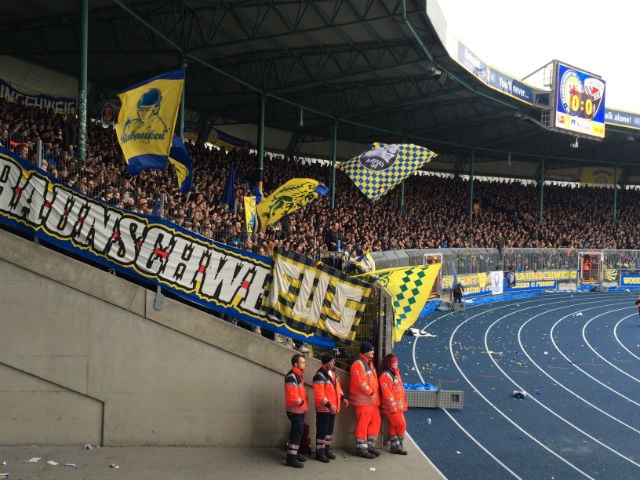 Eintracht Braunschweig fans. Photo: Shelley Pascual
Eintracht Braunschweig fans. Photo: Shelley Pascual
Locals are also avid fans of the city football team, Eintracht Braunschweig. On game days when Braunshweig is hosting, the streets fill up with people donning the team's iconic blue and yellow colours. The lively atmosphere at a home game left an impression on me – football fan or not, I'd argue it's worth checking out an Eintracht game at least once.
A strong expat community
Whether Braunschweig is a welcoming city or not is an opinion that differs amongst foreigners I know. But as a Canadian citizen of Filipino descent, I personally have never had any difficulties.
In terms of socializing, I've been able to meet new people in various ways: through work, events organized by the Couchsurfing community and Facebook groups for English speakers. Over the years, I've built up a decent network of friends and acquaintances here – most of whom also happen to be expats from countries all across the globe such as Brazil, India, the USA, the UK, Spain and New Zealand.
Needless to say, there's a strong expat community in Braunschweig. It's not huge, but it's diverse. And it's constantly changing; expats leave as often as they come.
With regards to making German friends in Braunschweig, I've personally made conscious efforts but for reasons unknown, it's been rather tricky. Despite the fact that I can speak German and feel fully integrated into German society, I've still found it easier to befriend fellow expats rather than Germans.
Some of the disadvantages
Regarding job prospects and the cost of living, there are indeed advantages to living in Braunschweig. But it would be painting an inaccurate picture of the city if I didn't mention some of the downsides, too.
Arts and culture are not high up on the list of the city's priorities. While this might not bother some people, for creative individuals like me, the lack of cultural events and outlets can be frustrating at times.
There are theatres in town and art installations in the city every now and then, but I've generally accepted that Braunschweig likely won't ever compare to Hamburg, Leipzig or Cologne when it comes to culture and the arts.
Expat friends of mine have also lamented the fact that there aren't many LGBT outlets in Braunschweig, if any at all.
In a similar vein, you won't get a diverse selection of international cuisines or innovative food here the way you would, say, in Berlin. There are also very few vegan and vegetarian options in Braunschweig.
Moreover, since the city is home to around 30,000 students, you'd think it would have a vibrant nightlife. Unfortunately, however, there are fewer and fewer clubs and lounges to choose from at the weekend; the nightlife in Braunschweig has seemed to wane over the years.
The things I really appreciate
The Magniviertel. Photo: Shelley Pascual
The city isn't as open-minded when it comes to food, culture or art – so be it. On the upside, there are some things I really do appreciate about Braunschweig.
There's a river called the Oker that circles around the core of the city. When the weather's nice, it's not uncommon to see people canoeing, kayaking or partying on large rafts in the river. The first time I went canoeing in the Oker, I was surprised to discover unique, beautiful views of the town.
I also enjoy taking strolls through the city's charming Magniviertel (Magni quarter). Most of Braunschweig's Fachwerk (timbered buildings) were destroyed in World War II, and the Magni neighbourhood is one of the only areas in the city where a cluster of these timbered buildings still stand.
Whenever I'm hosting friends or family who've never been to Braunschweig before, I take them to St. Andreas church. If you can climb up all 389 steps to get to the top of the church's tower, you'll be rewarded with a breathtaking view over the city. You should even be able to see the Harz mountains from the lookout, provided the skies are clear.
Another definite plus about Braunschweig: it's close to several main cities. So whenever it starts to feel too small, or you're craving a certain type of food, or dying to see a certain show, it's as easy as hopping on a train and arriving in Hanover, Hamburg or Berlin in no time at all.
Follow Shelley Pascual on Twitter at @shelleypascual.

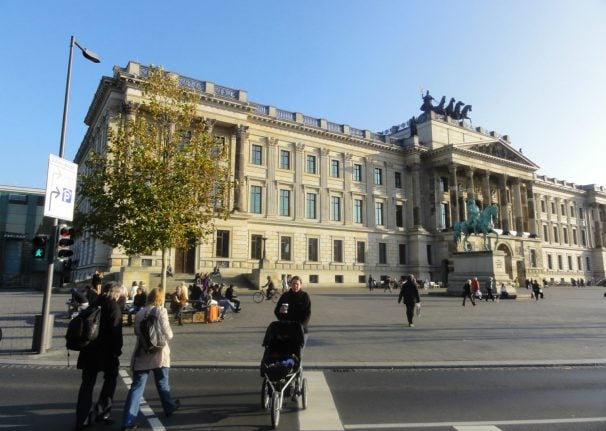
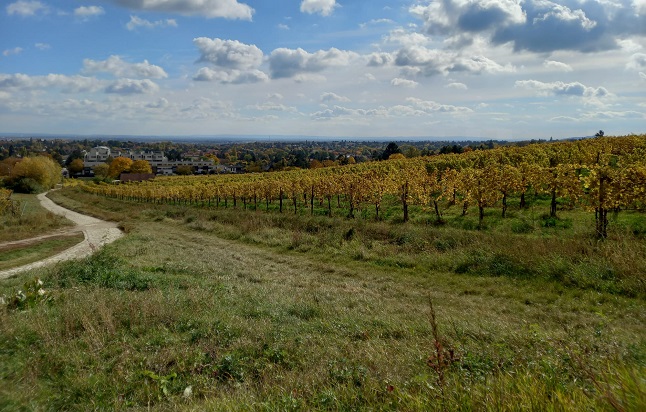
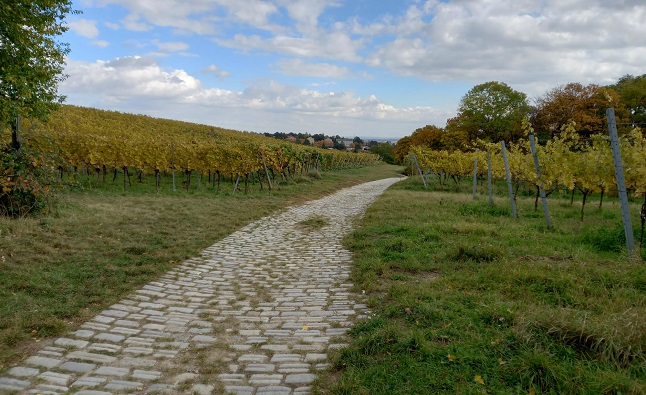
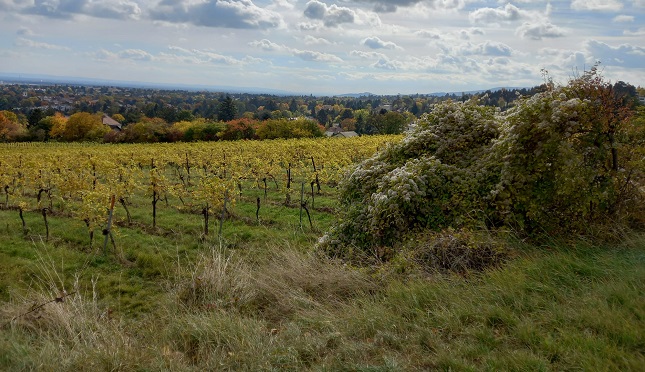
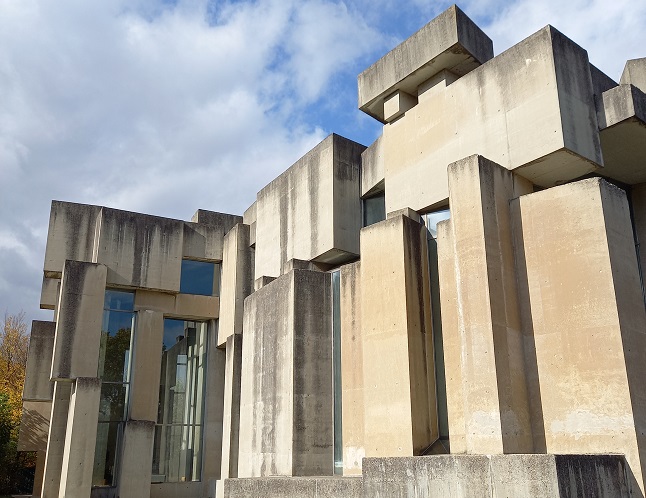
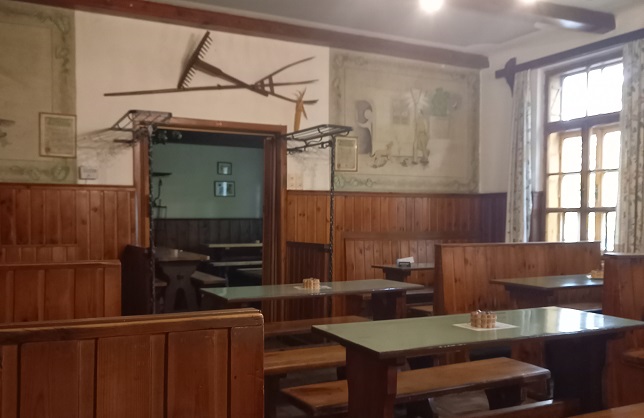
 Please whitelist us to continue reading.
Please whitelist us to continue reading.